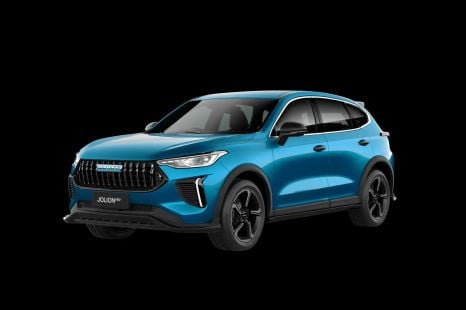

William Stopford
Australia’s cheapest hybrid SUV just got cheaper
1 Day Ago
The new Hyundai Kona is a bigger and better take on the formula laid down by its predecessor – it's also a more expensive one though...
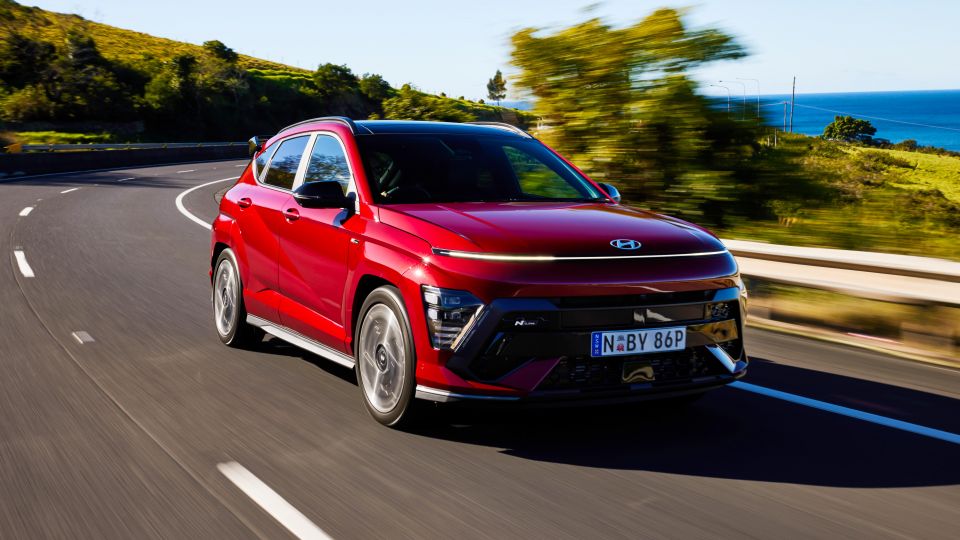


Where expert car reviews meet expert car buying – CarExpert gives you trusted advice, personalised service and real savings on your next new car.
The Hyundai Kona is back, bigger than ever.
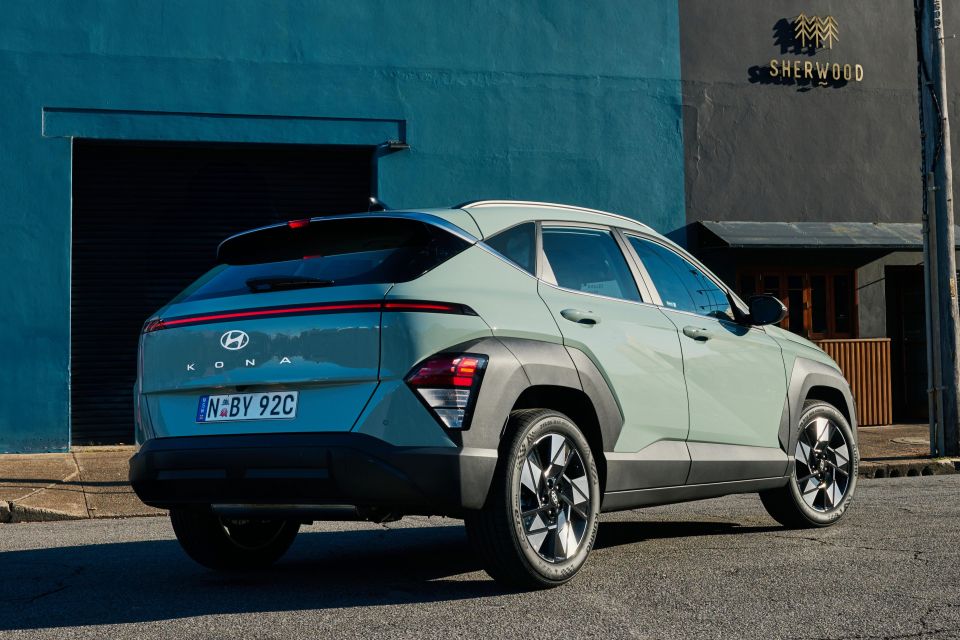
Although it only launched in Australia in 2017, the Kona is a stalwart in one of the nation’s best-selling SUV segments – but it’s one that has rapidly been made to look a bit quaint by newer rivals.
From the bigger Kia Seltos and the more luxurious Mazda CX-30, to the hybrid-powered Toyota Corolla Cross, the game has changed and the Kona was getting left behind.
That’s where the second-generation model you see here comes in. It’s bigger in every dimension to better battle the Seltos, features a more modern interior to better battle the CX-30, and packs a hybrid to take on the – you guessed it – Corolla Cross.
It’s more than just a box-checking exercise. Although some of the key details have been reimagined to better cover off a fresh crop of competitors, the new Kona features an angular design that builds on the foundation laid down by the funky first-generation car.
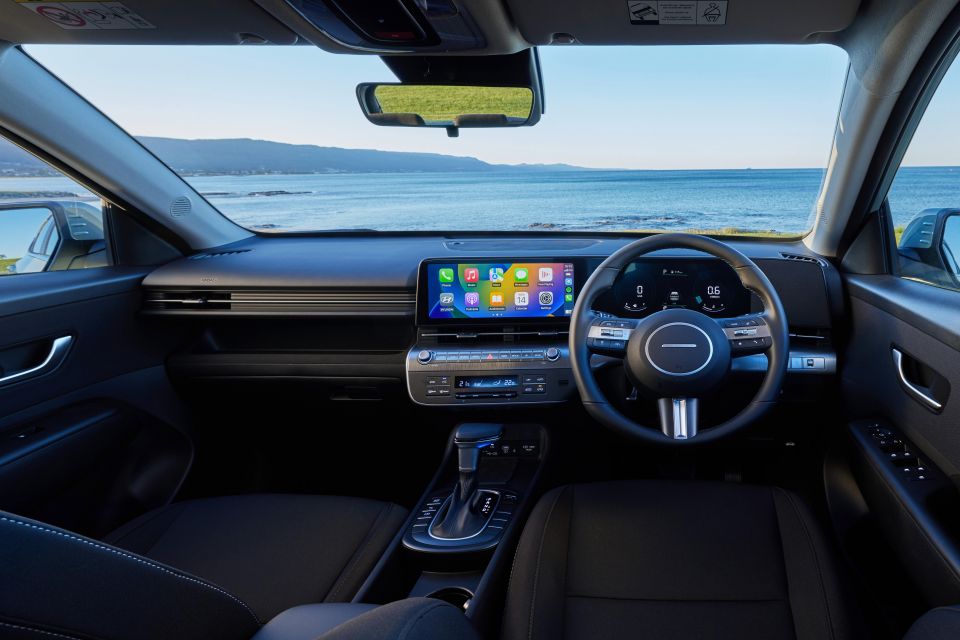
It also debuts a new infotainment system for Hyundai, complete with the ability to wirelessly accept software updates throughout its life.
There’s a bit of ground to cover here.
Pricing is up across the board for the new Hyundai Kona. The entry-level model is $5100 more expensive than the car it replaces, while at the top end the N Line Premium is $3300 pricier than the model it replaces.
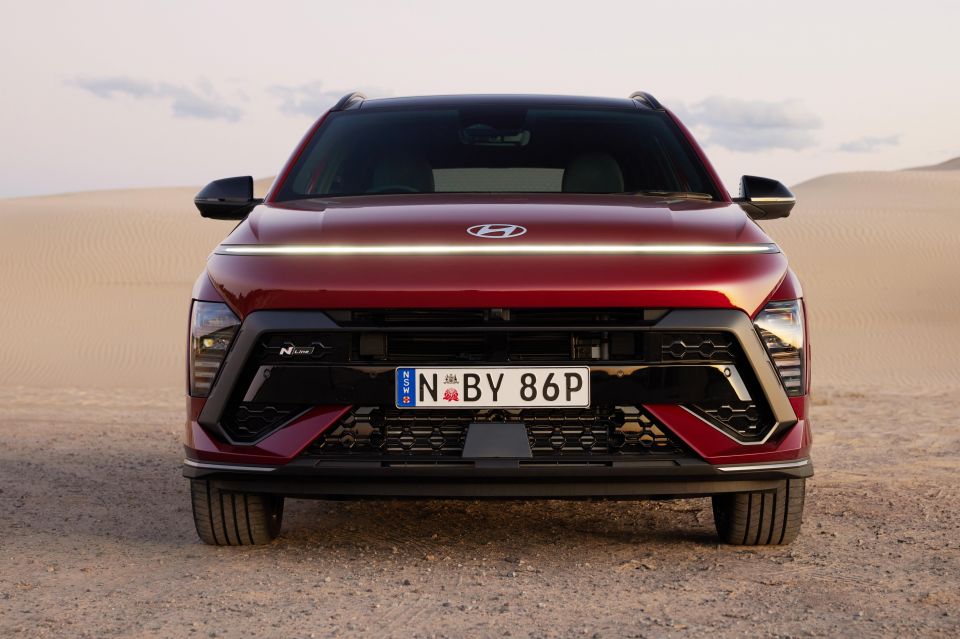
It now starts at $32,000 before on-road costs for the entry-level petrol, climbing $46,500 plus on-roads for the flagship N Line Premium with either 1.6 Hybrid FWD or 1.6T AWD drivetrains.
Even in the context of the price hikes hitting most vehicles in Australia, that’s significant – although Hyundai defends it by arguing the new car is bigger and better equipped than before.
At the bottom end, it’s aligned with a Kia Seltos Sport ($32,700) and Toyota Corolla Cross GX 2WD ($33,980 ).
At the top end, it goes head-to-head with the Seltos GT-Line ($44,900) and Corolla Cross Atmos 2WD Hybrid ($47,030), along with the Nissan Qashqai Ti ($47,390) – all prices exclude on-road costs.
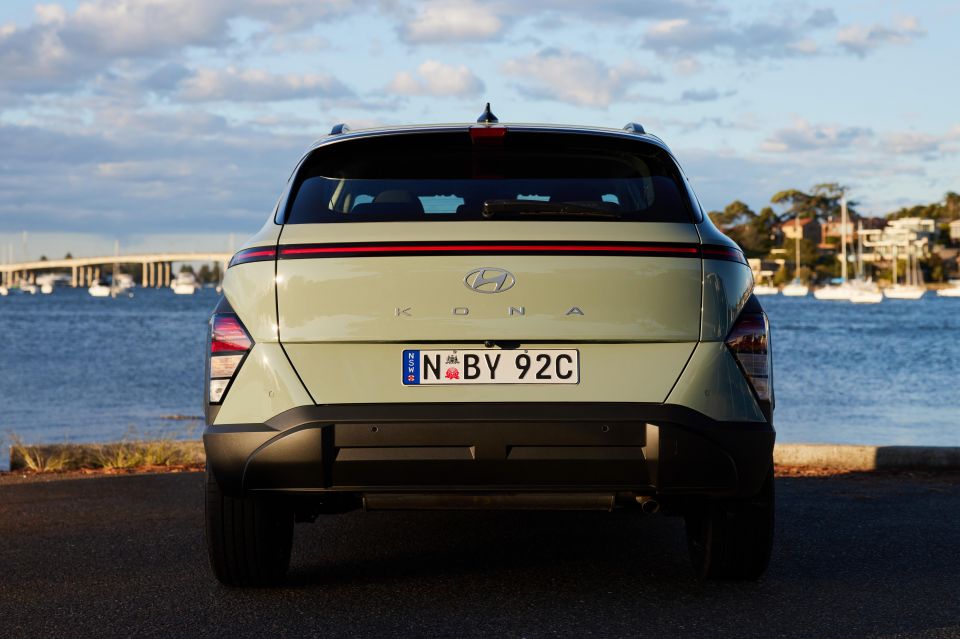
2023 Hyundai Kona pricing:
All prices exclude on-road costs.
Buy your new car without the stress. It's fast, simple and completely free.

Great service from Travis and team, second time I have used this business would not hesitate to recommend them to anyone
Craig C.
Purchased a Ford Ranger in Sunshine Coast, QLD
CarExpert helped Craig save $7,224 on his Ford Ranger, now let us save you on your next new car.
Get your BEST priceThe biggest issue with the last Kona was a lack of space inside. The new model resoundingly addresses the problem.

It looks and feels significantly more grown up up front, and there’s finally enough room in the rear to comfortably carry adults behind adults. Like the Kia Seltos and latest Nissan Qashqai, it feels more like a smaller mid-sized SUV than a grown-up compact.
It’s also much more modern up front, with a version of the dual-screen display rolling out across the Kia and Hyundai ranges. Even base cars get a high-resolution 12.3-inch central display and a smartly-integrated ‘basic’ digital speedo, while higher-end models have dual 12.3-inch screens.
Presentation is impressive across the range. The clean design looks flashy, and features like dual-zone climate control even on base models go some way to justifying part of the price rise.
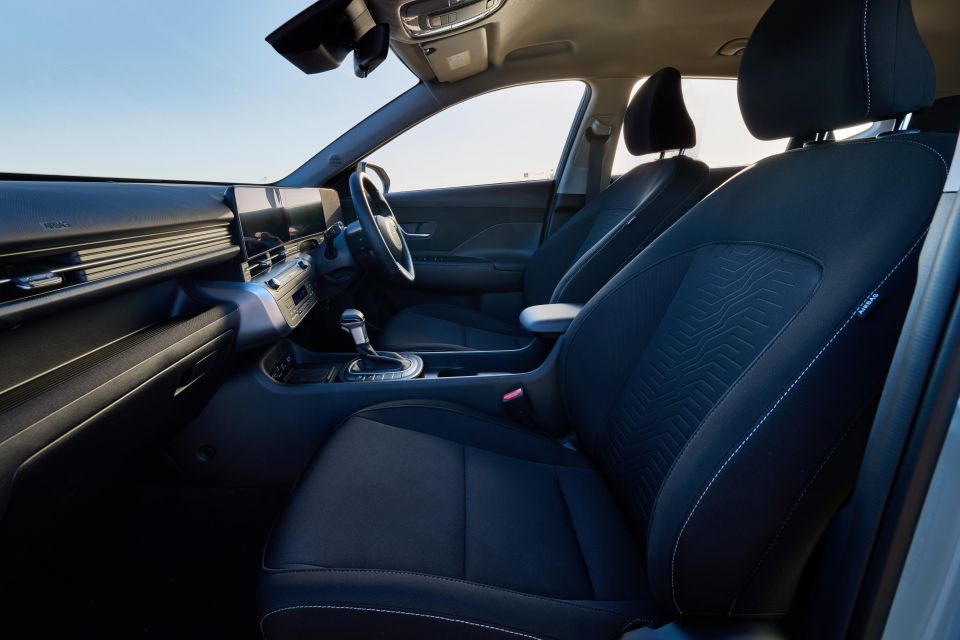
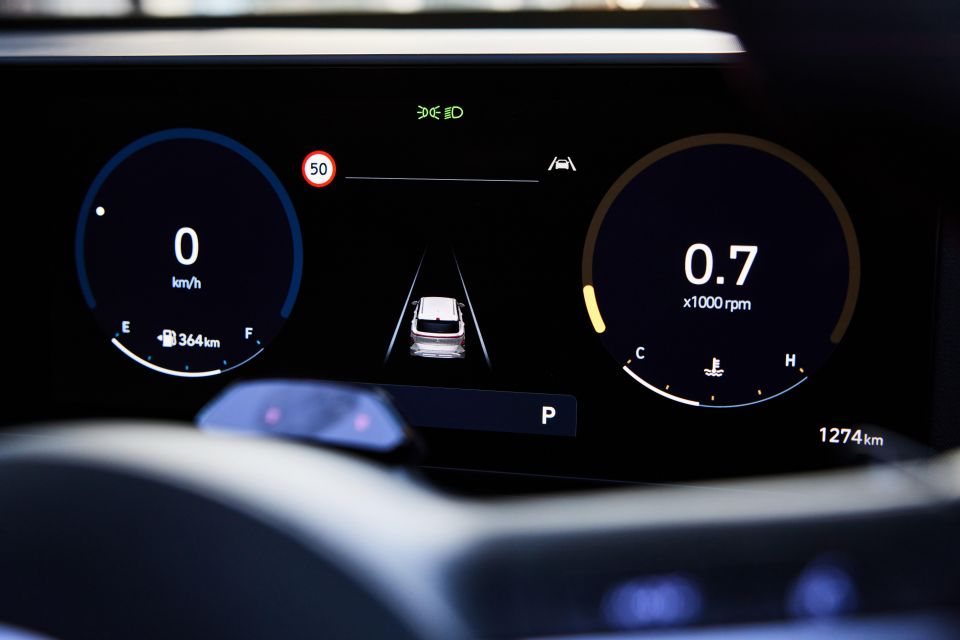

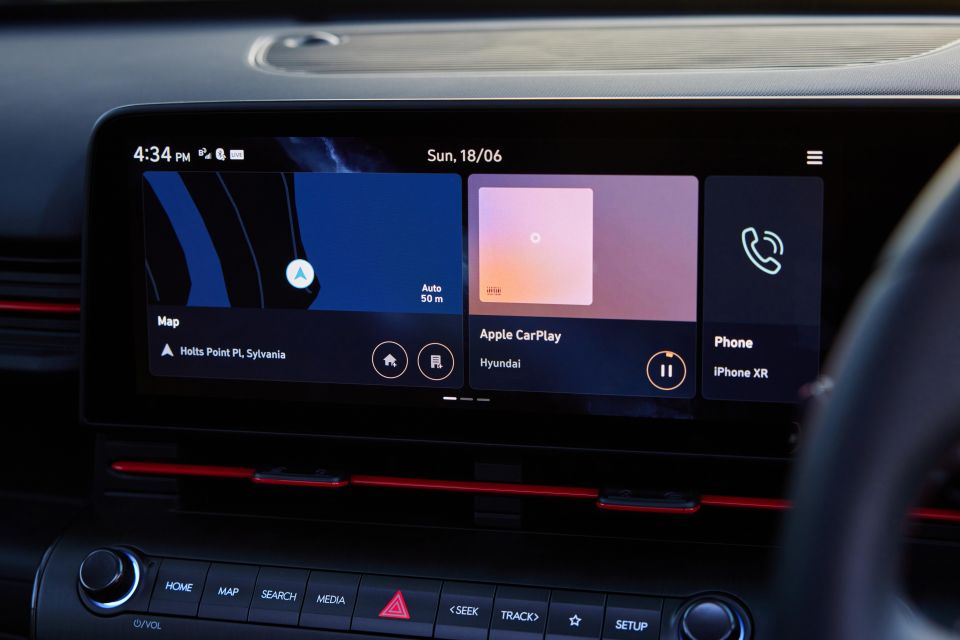
The flip side? There’s still lots of cheap, hard plastics, from the sides of the dashboard to the top of the doors.
Base models feature a T-bar shifter and an open centre console with decent storage space, but moving up the range gets you an e-shifter on the steering column that frees up a wide-open centre tunnel that calls to mind the electric Ioniq range.
The view over the broad bonnet is more commanding than before, and it’s easier than ever for taller drivers to get comfortable.
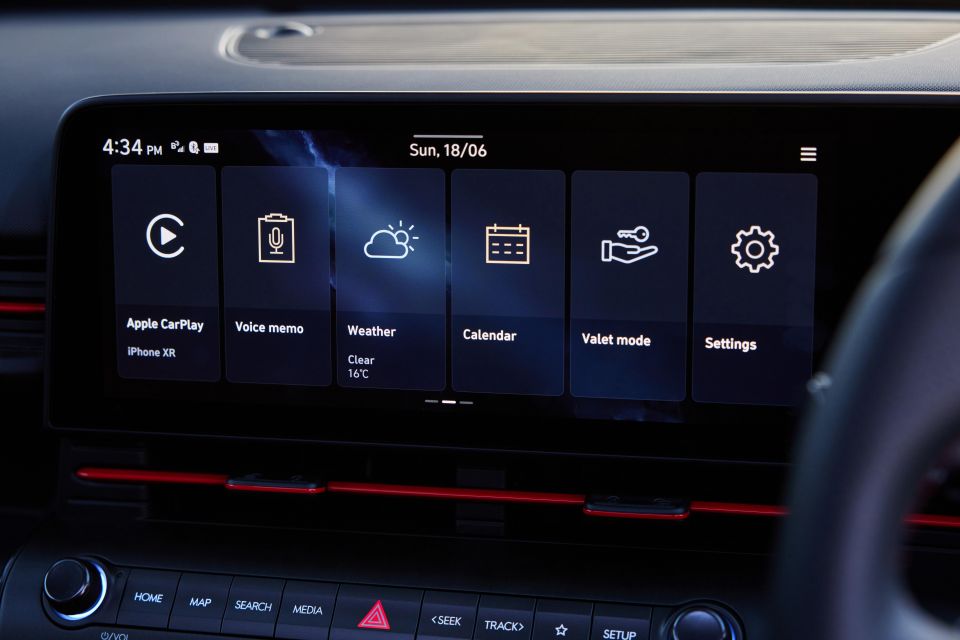
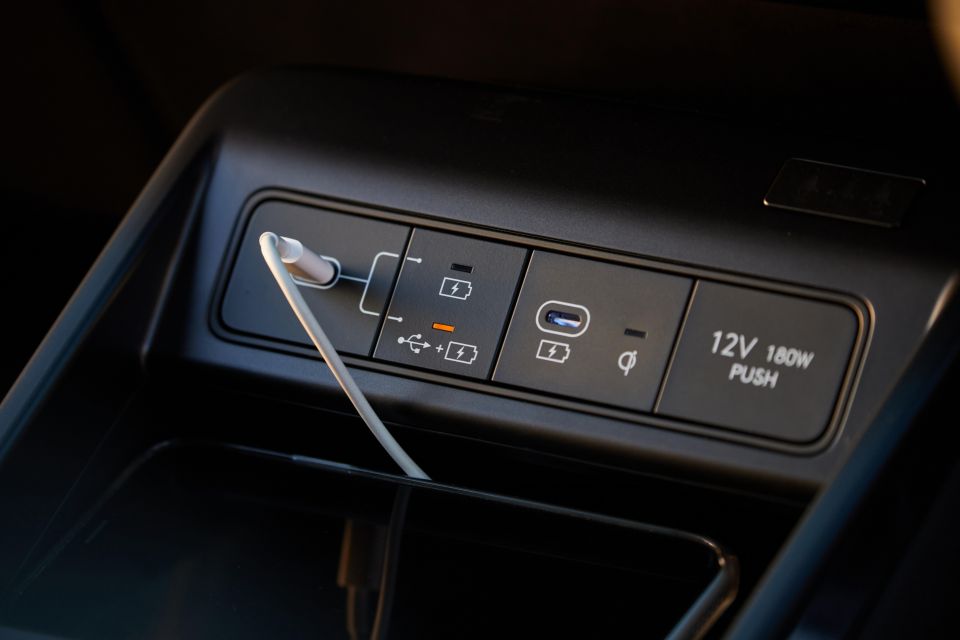
Hyundai’s latest technology is a step forward, with flashy graphics, simple menus, and a full feature set. It’s also the first to get touches for right-hand drive like shortcut buttons on the right-hand side of the screen, in easy reach, rather than hidden away on the top-right corner.
Base models without satellite navigation get wireless Apple CarPlay, and it’s coming to higher-end models with navigation later this year – finally. It’ll be available for anyone who collects their car before the rollout, potentially with an over-the-air update.
Although the basic dials are neat enough, the digital dash offered in higher-end models does liven the cabin up. In the N Line, flicking into Sport gives you a red-and-white kerb outline around the rev counter and speedo… although we’d still like to see more customisation potential, as is offered in Volkswagen Group products.
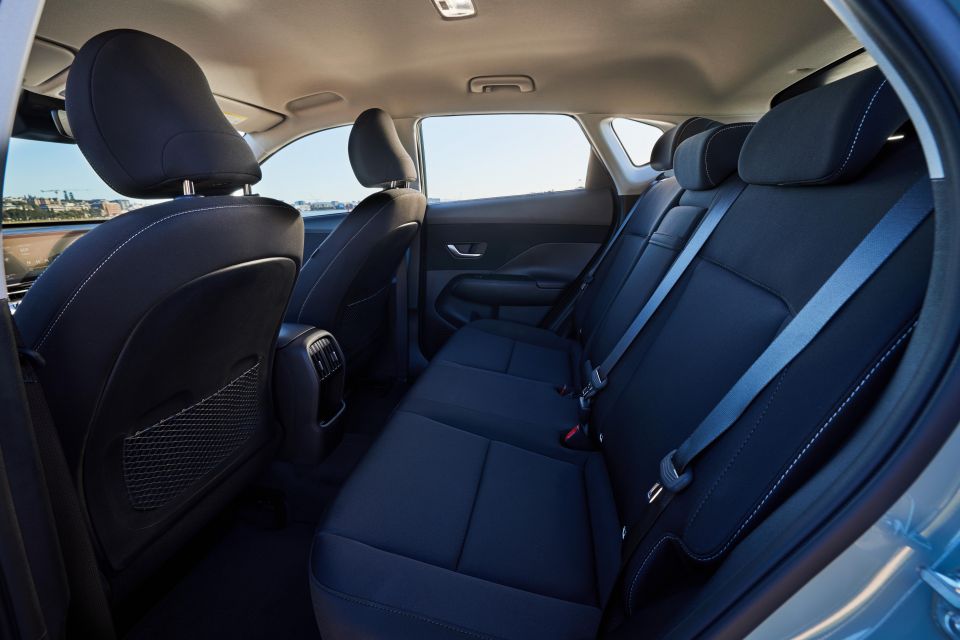
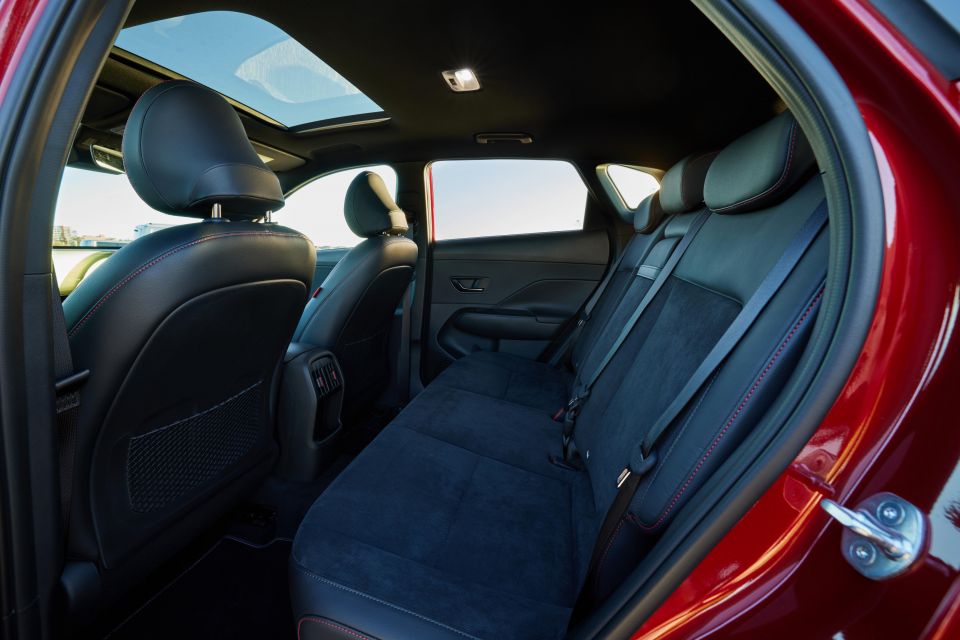
Rear seat space is miles better in this Kona than the last, starting with the wider-opening doors.
Adults don’t need to contort themselves to squeeze in anymore, which is a step forward, and once back there you get levels of legroom and headroom comparable to a Kia Seltos.
The air vents and USB-C ports are family-friendly touches, and the broader rear bench will keeping warring kids at bay more effectively than before.
ISOFIX on the outboard seats and a trio of top-tether points are present, as is a fold-down central armrest.
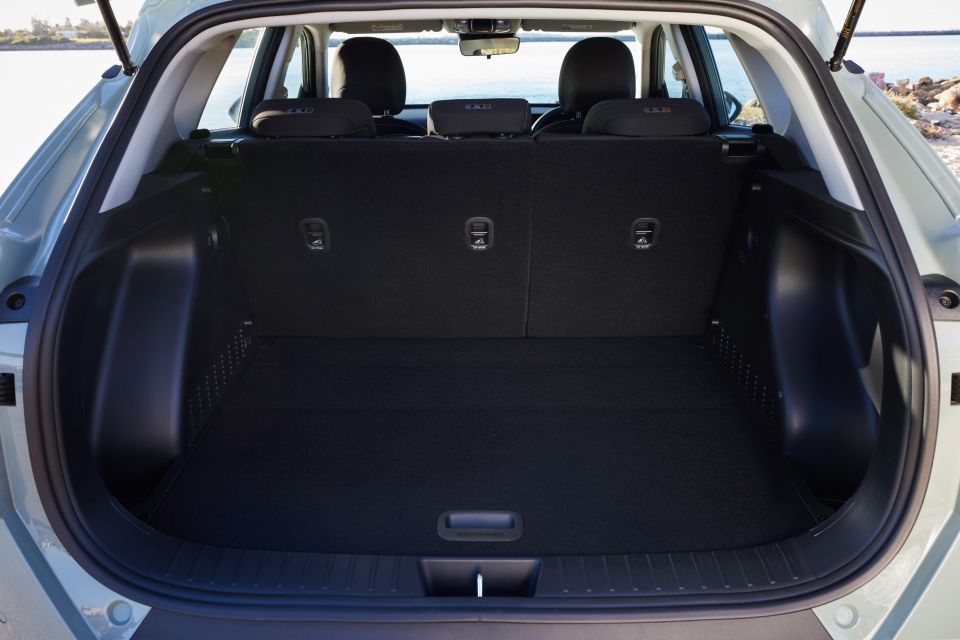
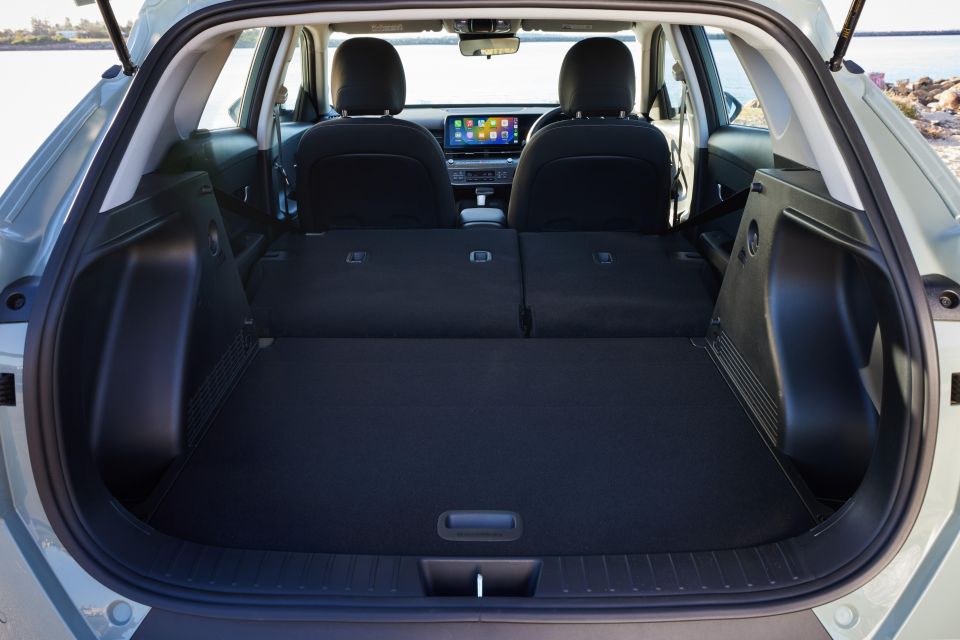
Boot space in the Kona has improved from 374L to 407L with the arrival of the larger new second-generation car here. With the rear seats folded there’s 1241L of space.
It’s a much more usable space than before, with a height-adjustable floor and a slot at the back of the boot to store the luggage cover.
The entry-level engine in the Kona remains a 2.0-litre naturally-aspirated four-cylinder petrol making 110kW of power and 180Nm of torque.
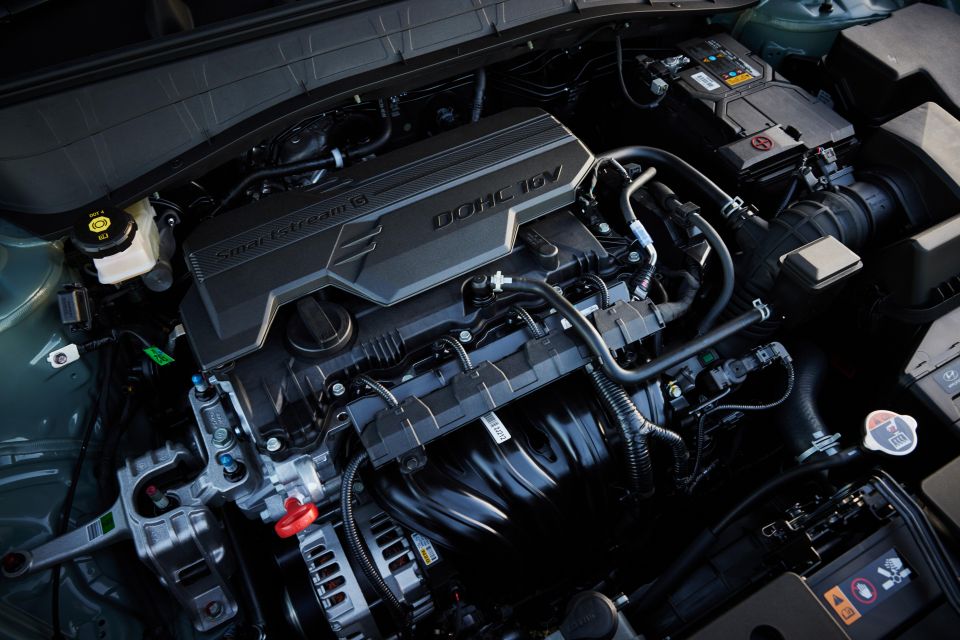
It runs the more efficient Atkinson Cycle, and is mated with a CVT – known in the Hyundai world as an IVT – with eight virtual steps.
New for Australia is the option of a hybrid powertrain in the Kona Hybrid. It combines a 1.6-litre naturally-aspirated petrol engine with an electric motor, hooked up to a 1.32kWh battery pack.
The electric motor makes 32kW of power and 172Nm of torque; combined system outputs are 104kW and 265Nm. It’s hooked up to a six-speed dual-clutch transmission – you’ll find the same drivetrain in the related Kia Niro HEV, as well as the upcoming Hyundai i30 Sedan Hybrid.
The range-topping 1.6-litre turbocharged four-cylinder petrol makes 146kW of power and 265Nm of torque, mated with an eight-speed torque converter automatic. Gone is the old seven-speed DCT.
Claimed fuel economy in the base 2.0L petrol is 6.6 litres per 100km on the combined cycle. That jumps to 7.6L/100km in the 1.6L turbo, and drops to a thrifty 3.9L/100km in the hybrid.
There’s a distinct difference between the base Kona and the 1.6-litre turbo.
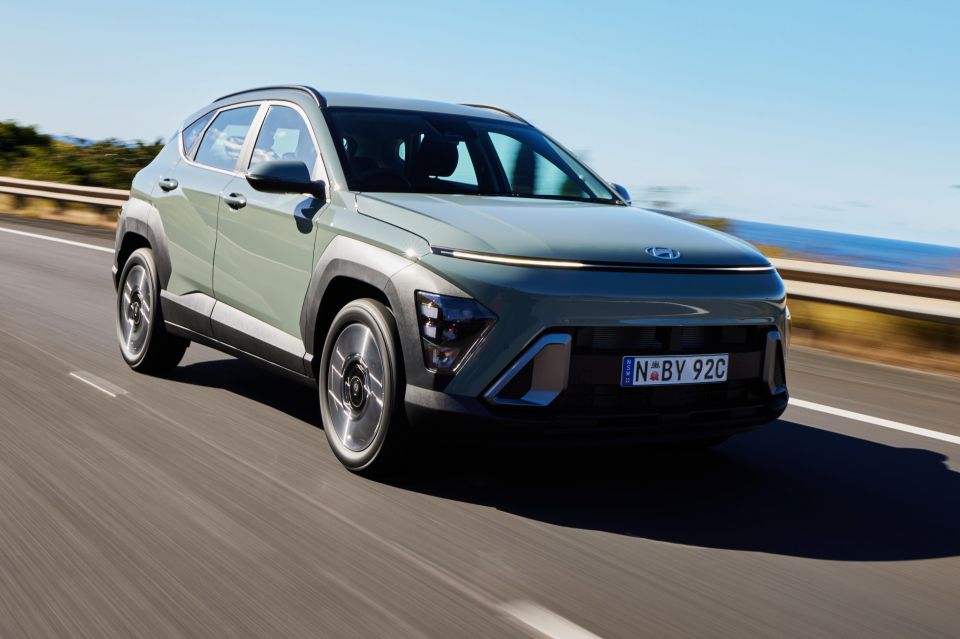
We started in the base model, which immediately thwacked and thumped its way down some of Sydney’s worst roads in cold, wet weather.
Not the best first impression – although the car settled down nicely once we’d moved away from tarmac that looked like it’d recently been shelled.
Hyundai says it’s put real effort into refining the latest Kona, and there’s no doubt the entry-level engine is more polished than before. It’s quieter under light loads, and the CVT is a good example of the breed.
It doesn’t just flare revs straight away, instead leaning on what limited torque there is before doing a pretty convincing impression of a torque converter, complete with slurred shifts.
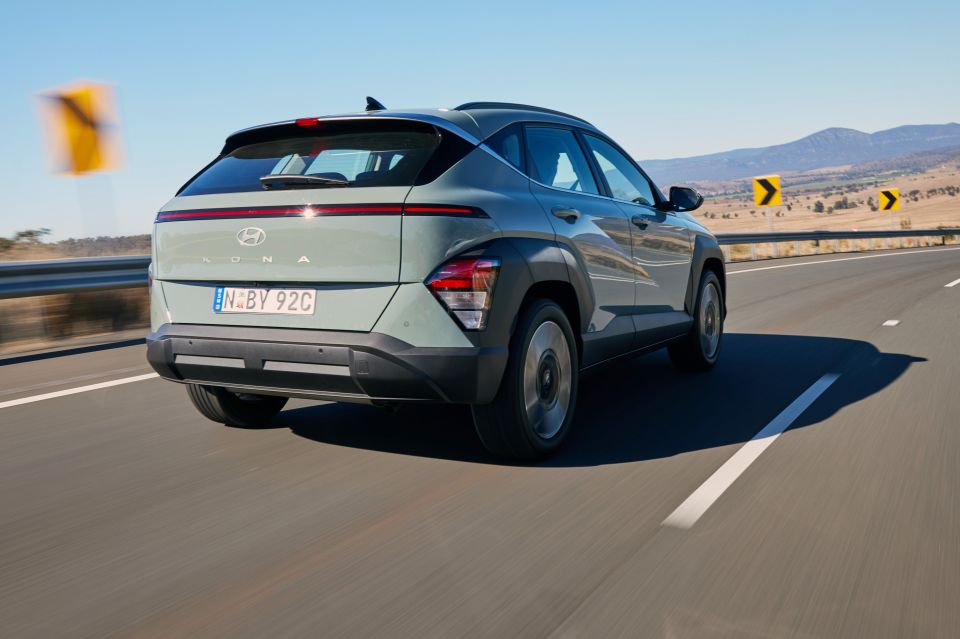
For all that Hyundai has improved, the 2.0 still feels more adequate than standout. It’s happiest at city speeds, where it can slur around without feeling too strained, but when you put your foot down it feels as though it’s working hard.
Overtaking at highway speeds takes a bit of planning, and you’ll need to be willing to put up with a bit of noise in the cabin.
If that’s not a problem, the Kona is otherwise well set up for long stints behind the wheel. It handles pimply Australian country highways remarkably well, with an unruffled demeanour that inspires serious confidence.
It tiptoes the tricky tightrope between control and comfort remarkably well for a (relatively) affordable, (relatively) compact SUV.
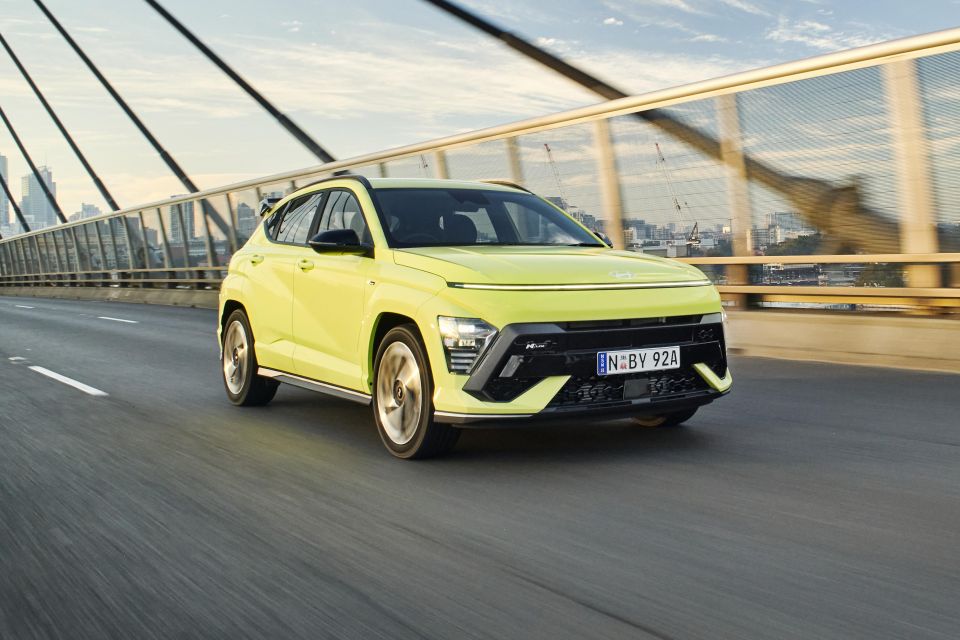
Where expert car reviews meet expert car buying – CarExpert gives you trusted advice, personalised service and real savings on your next new car.
Moving to the 1.6-litre turbo N Line with all-wheel drive brings a healthy increase in punch.
The on-paper improvements (36kW and 85Nm) are felt immediately in the real world, where the N Line accelerates more effortlessly – even when you squeeze the accelerator rather than stamping on it.
The death of the dual-clutch transmission – replaced with an eight-speed torque converter – has made it friendlier in town. The last N Line was prone to jerking off the line, and could be flummoxed if you lifted off the throttle at the wrong time.
This time around, it feels more comfortable in stop-start traffic.

Although it’s slightly slower to shift on the move, Hyundai’s DCT was never as quick or clever as a Volkswagen unit anyway, so the loss isn’t as keenly felt.
The punchier powertrain is backed by a steering and suspension tune that makes the N Line feel more purposeful. It doesn’t go as far as the previous-generation Kona N, but there’s definitely a sportier bent that will please keen drivers.
Given we don’t know if Hyundai will develop a proper Kona N for this generation, anyone who wants more might need to start looking to the aftermarket to make your N Line a bit angrier.
Common to the whole range is Hyundai’s suite of SmartSense active driver assists.
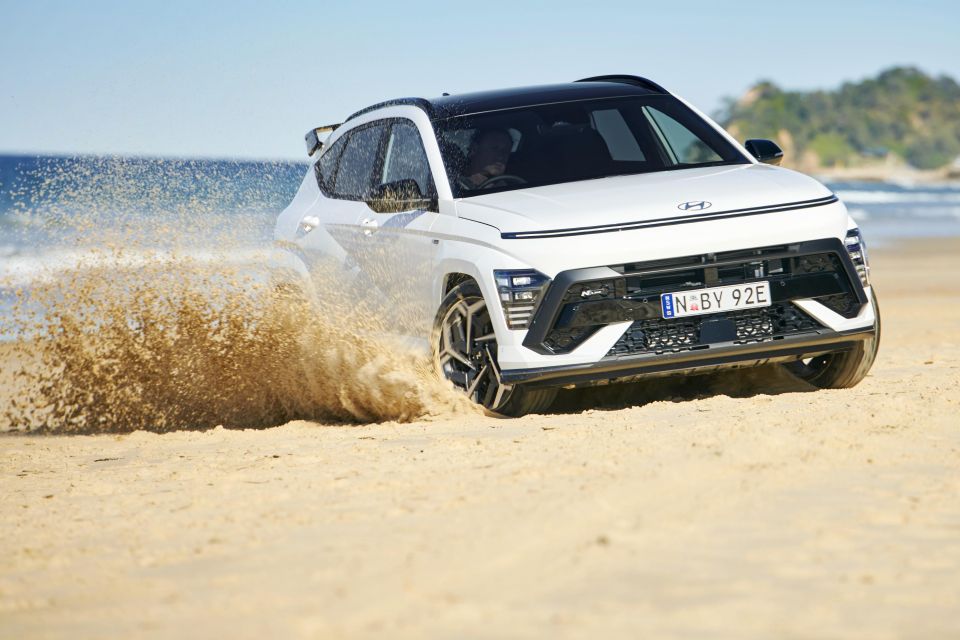
The adaptive cruise control does a good job maintaining a gap to the car in front, and the lane-keeping assist decisively nudges you back between the white lines if you stray.
Hyundai’s lane-centring system, which more actively controls the car’s position in the lane rather than intervening when you stray, is a bit too hands-on for my liking, though.
The driver attention monitoring is also prone to false positives, flashing when you actually are looking at the road… which makes you look away. More refinement is needed.
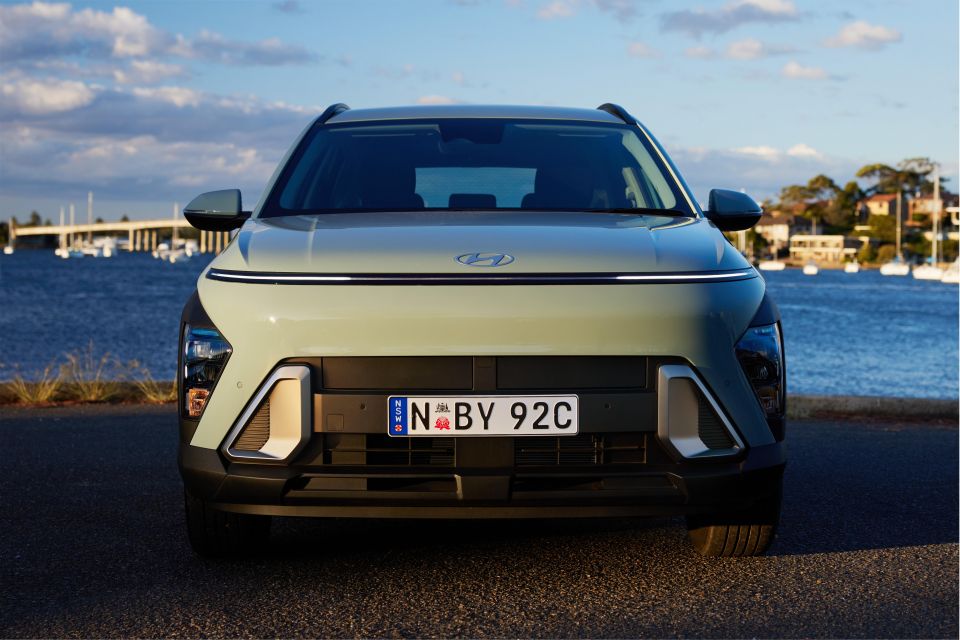



Kona highlights:
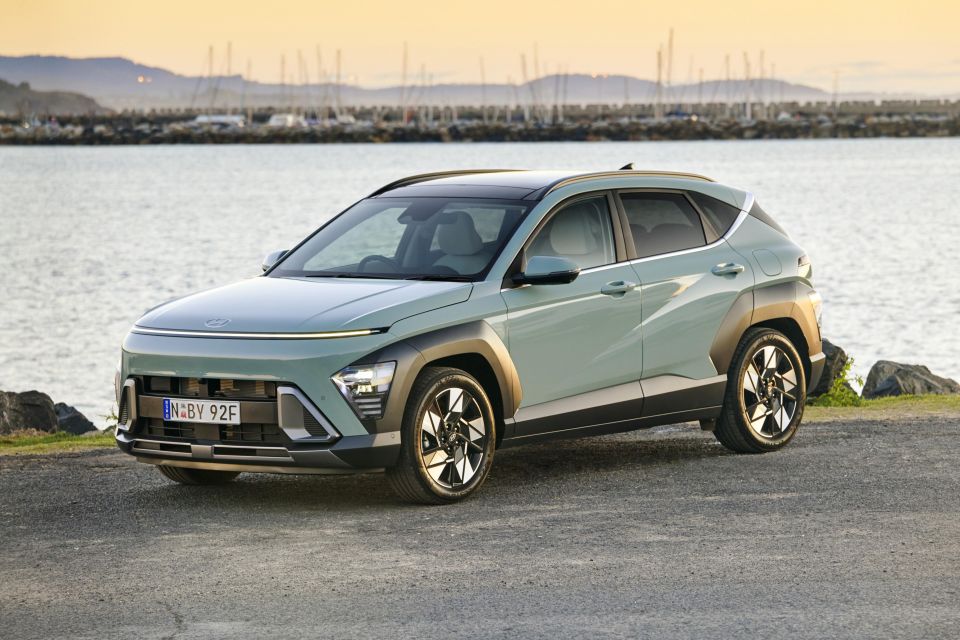

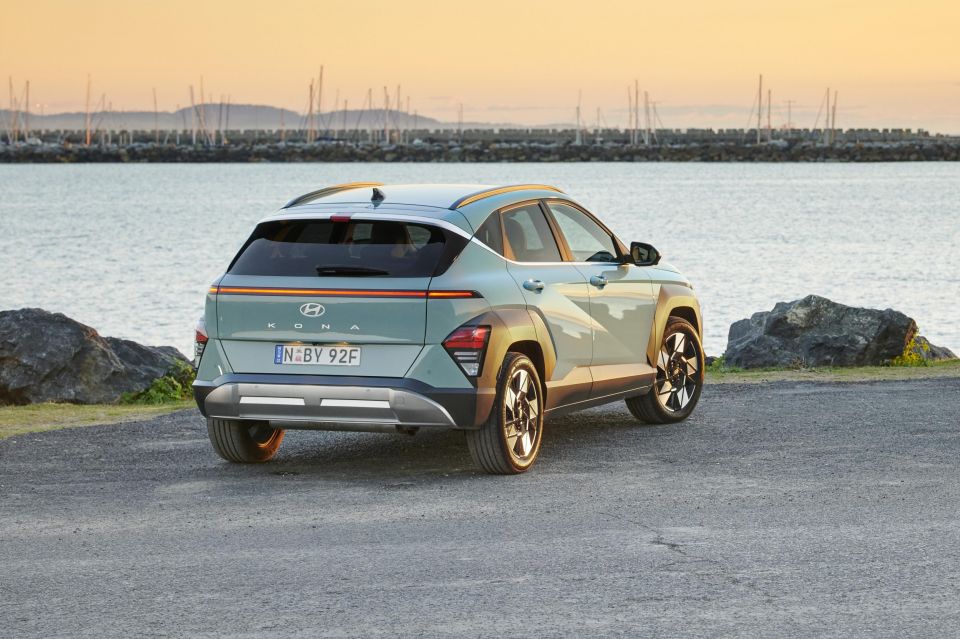
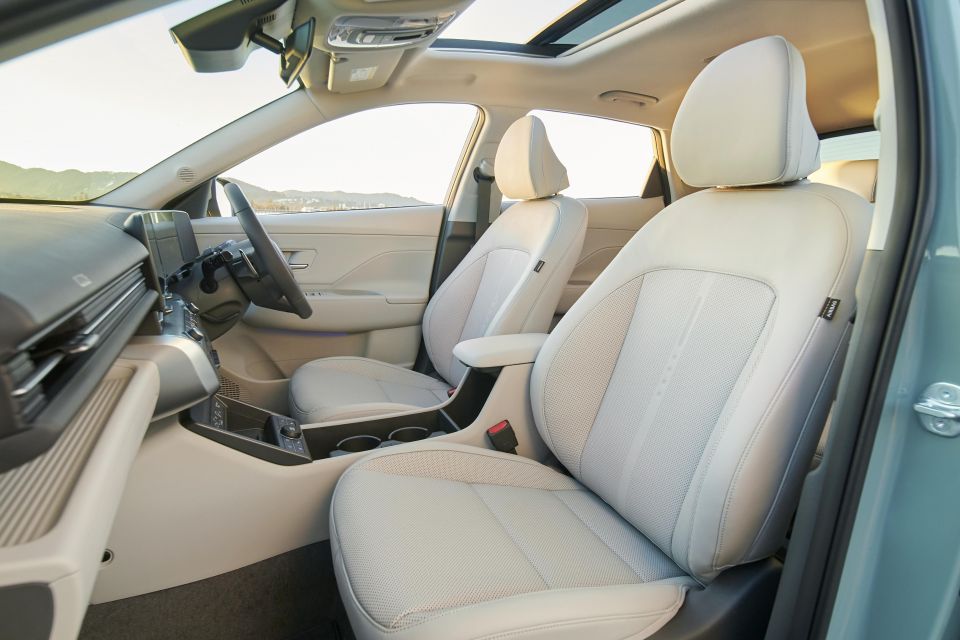
Kona Premium adds:
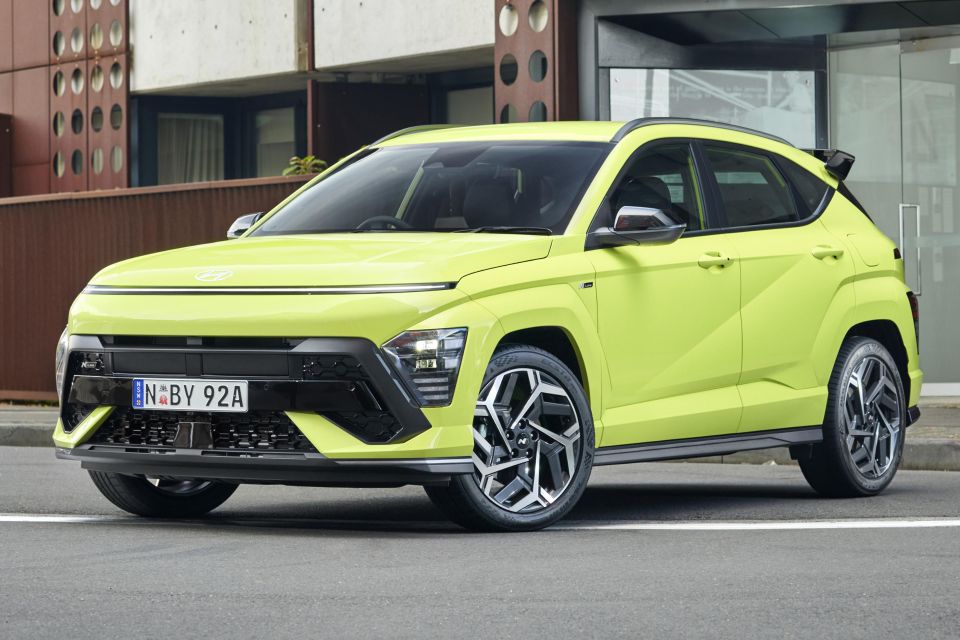
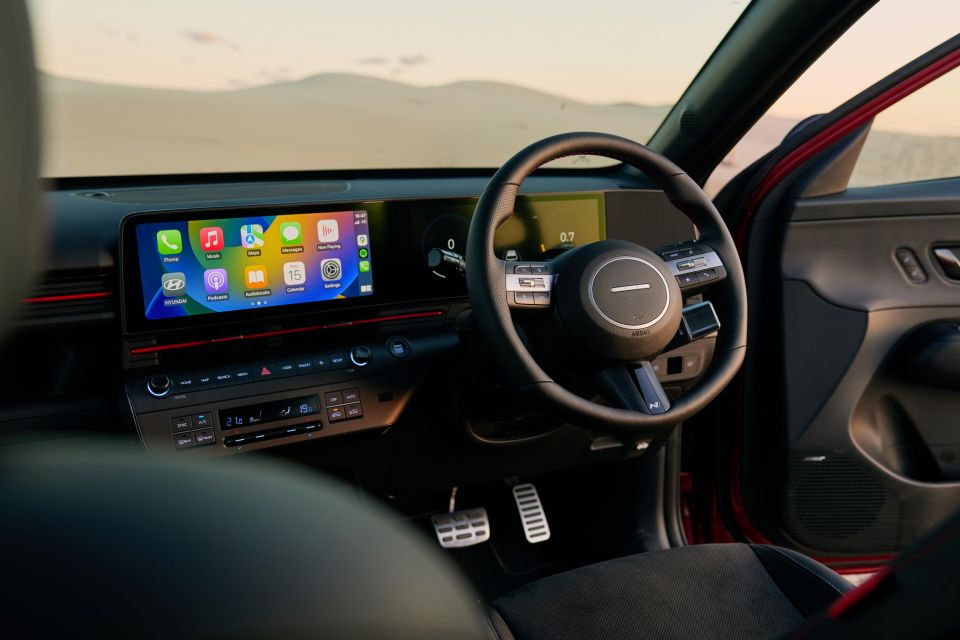
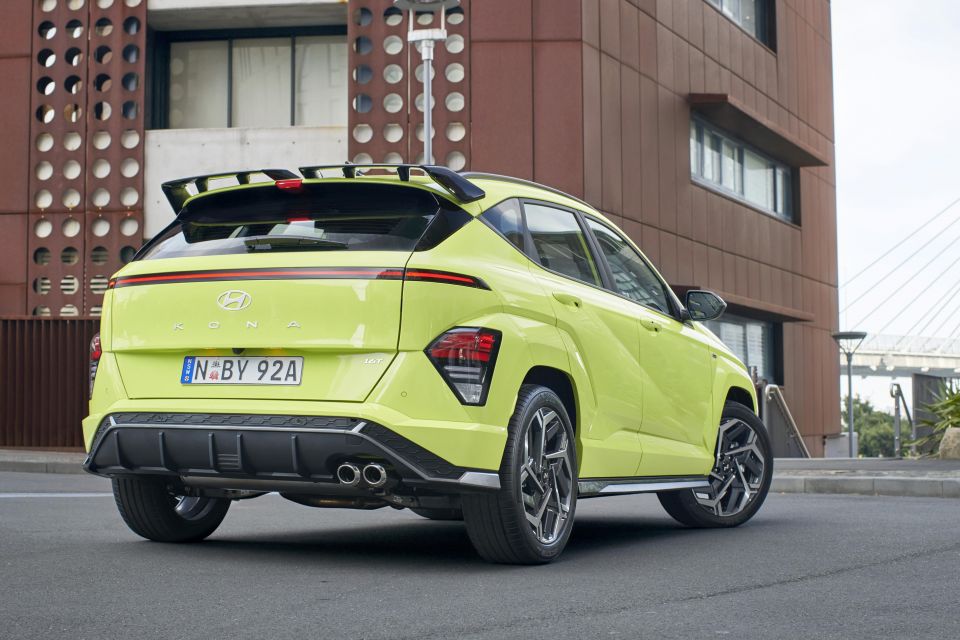

N Line Package adds:
The new Kona hasn’t been crash-tested by Euro NCAP or ANCAP yet.
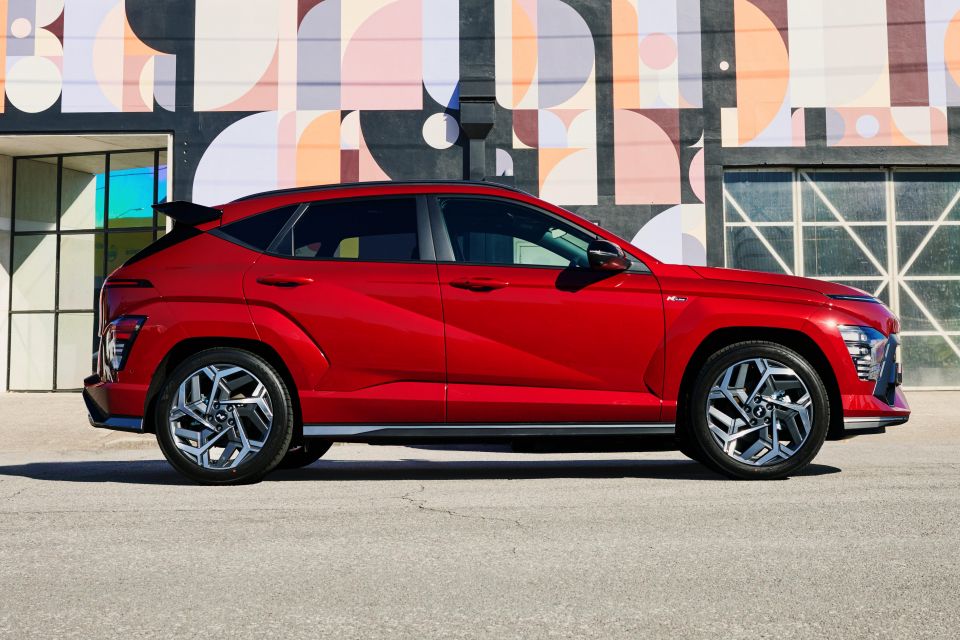
Standard safety equipment includes:
The Hyundai Kona is backed by a five-year, unlimited-kilometre warranty.
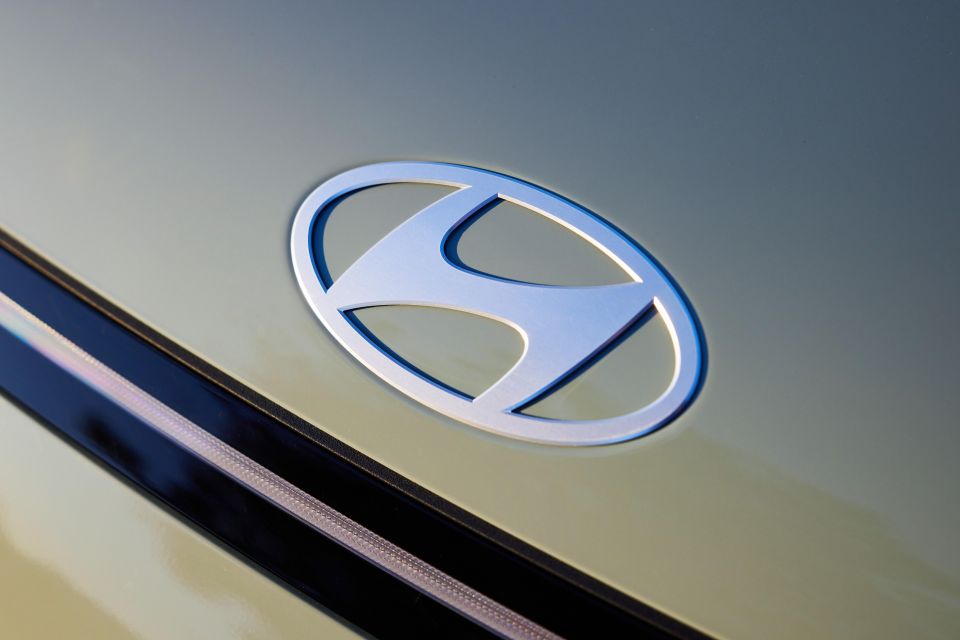
Maintenance will be required every 12 months or 15,000 kilometres for the Kona 2.0 FWD, and every 12 months or 10,000 kilometres for the Kona 1.6T AWD and Kona Hybrid.
The first five services in both the 2.0 and the 1.6T will set you back $399 each – although that’s good for 75,000km of motoring in the 2.0, and 60,000km in the 1.6T due to their different distance requirements.
Buy your new car without the stress. It's fast, simple and completely free.

Great service from Travis and team, second time I have used this business would not hesitate to recommend them to anyone
Craig C.
Purchased a Ford Ranger in Sunshine Coast, QLD
CarExpert helped Craig save $7,224 on his Ford Ranger, now let us save you on your next new car.
Get your BEST priceThe new Hyundai Kona moves on from its predecessor in a number of key ways.
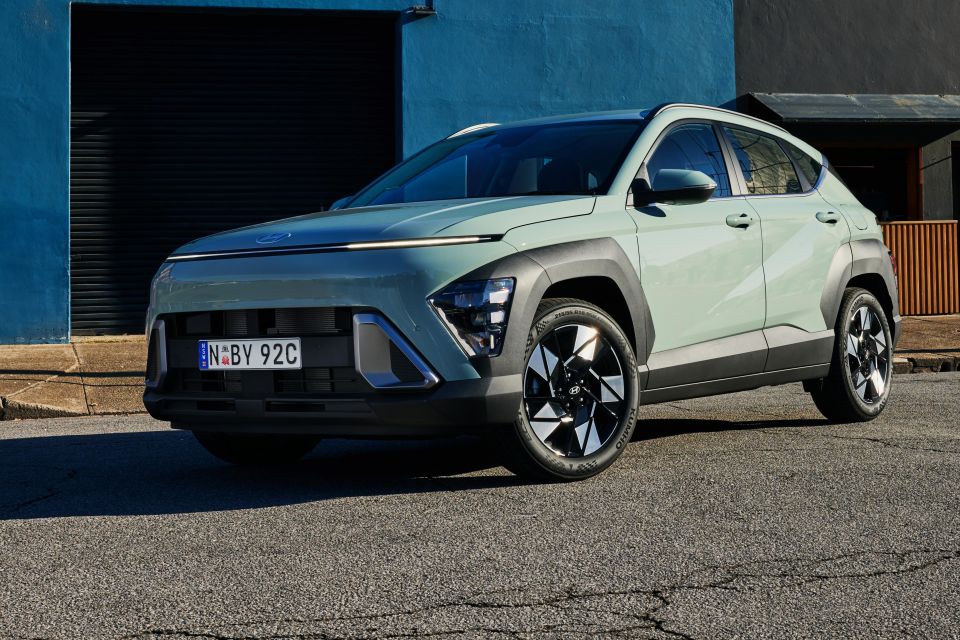
It’s bigger inside and out, and the powertrains on offer at launch have been polished relative to those that came before.
Although the looks won’t be for everyone – especially in tennis ball yellow – it also presents well in person. Hyundai and Kia are taking some calculated risks with their latest designs, and that approach has paid off here.
What’s to complain about? Well, that extra space and polish comes at a cost. No matter which way you spin it, a $5000 hike at the bottom end of the range hurts.
If you can dig deeper into your pockets, you’re getting a much more resolved little SUV – a head-to-head with the Kia Seltos and Mazda CX-30 beckons…
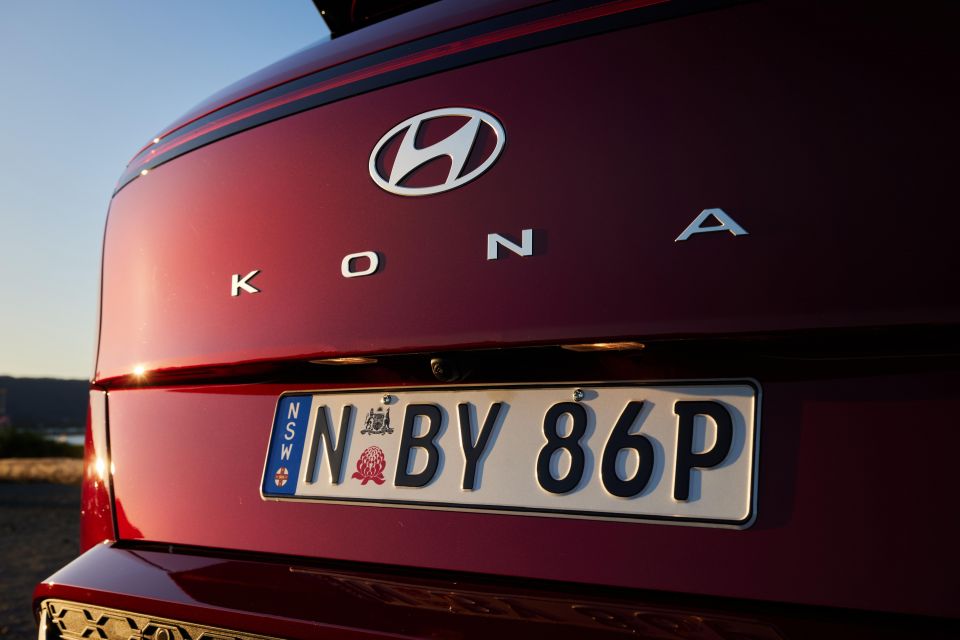
Click the images for the full gallery
MORE: Everything Hyundai Kona
Where expert car reviews meet expert car buying – CarExpert gives you trusted advice, personalised service and real savings on your next new car.
Scott Collie is an automotive journalist based in Melbourne, Australia. Scott studied journalism at RMIT University and, after a lifelong obsession with everything automotive, started covering the car industry shortly afterwards. He has a passion for travel, and is an avid Melbourne Demons supporter.


William Stopford
1 Day Ago
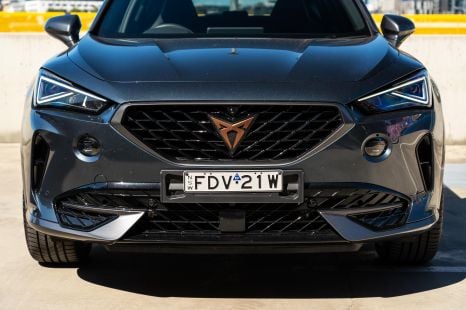

James Wong
1 Day Ago
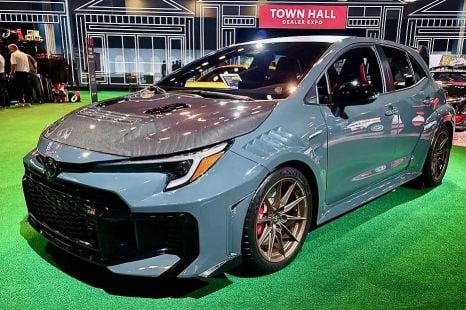

Ben Zachariah
2 Days Ago
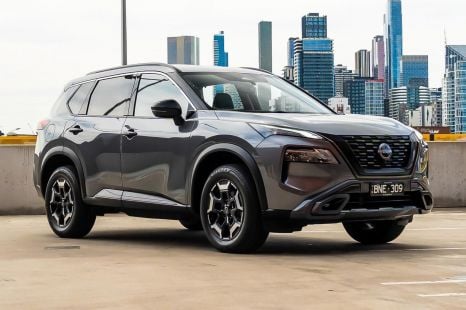

William Stopford
2 Days Ago
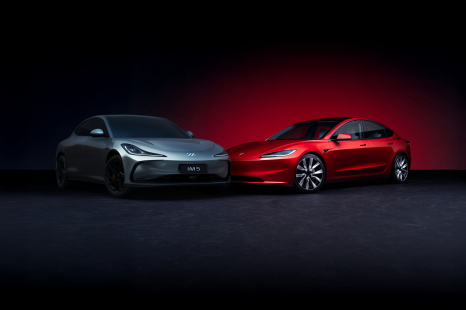

Andrew Maclean
3 Days Ago
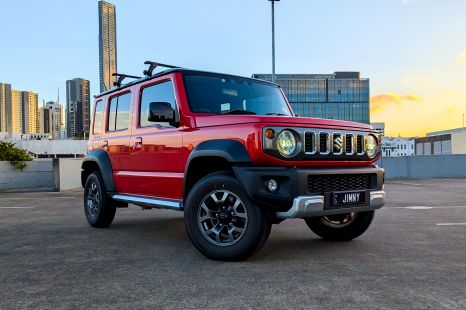

William Stopford
4 Days Ago